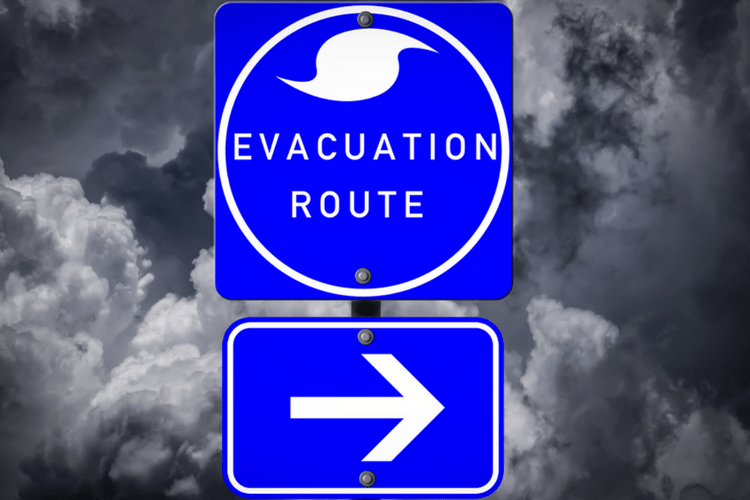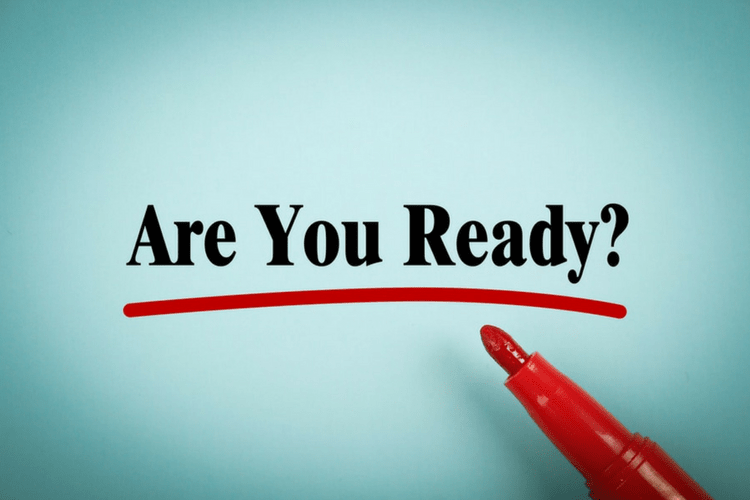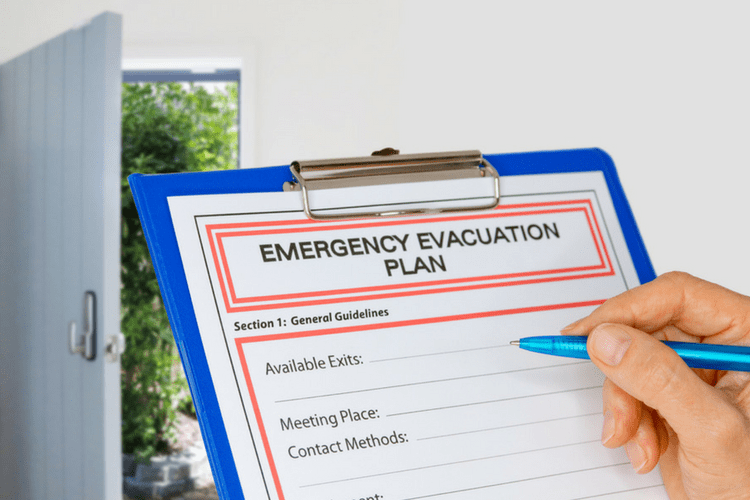Steps for Putting Together an Emergency Preparedness Plan
Planning ahead is key to surviving any type of disaster, and having an emergency preparedness plan for your household is a good start. Your plan should be specific to your family, and everyone in the house should be aware of it. In fact, you can create the plan together, and then go over it annually to ensure everyone in your household knows what to do in the event of a disaster. Here’s how to start putting together your own emergency preparedness plan.

Know the Disasters Most Likely to Affect Your Household
First, be realistic about the type of disaster your family is most likely to encounter in your area. If you live in a landlocked state that’s not anywhere near water, it doesn’t make sense to waste time preparing for a hurricane. Instead, focus on the issues that affect your area. Natural disasters like earthquakes, mudslides, tornadoes, hurricanes, and snowstorms tend to only affect certain parts of the US, so prepare for the disasters that tend to occur in your area.
Of course, some disasters can happen anywhere. For example, floods are the most common type of natural disaster in the US, and they can affect any state. Fires, extreme storms, terrorism, and disease outbreaks can also occur anywhere, so be sure your emergency preparedness plan includes those in the section about possible dangers.
Appoint Safe Rooms and Escape Routes
With some disasters, the safest place to remain is your house, at which point you will get a shelter-in-place warning. When that happens, it’s recommended that you stay in a room in your home that has no windows and that you can seal if needed. Make sure your emergency preparedness plan identifies the room your family will go to in this case.
However, you might have to evacuate your house during a disaster. That’s why your emergency preparedness plan should address the safest way to get out of your home. Identify at least one escape route that will allow you to leave your home quickly in the event of an emergency.

Identify a Safe Meeting Place Outside Your Home
There might be a time when disaster strikes when you’re not home. In this case, you’ll need a way to locate the rest of your family, since there’s no guarantee your phones will work. This is why your emergency preparedness plan should appoint a meeting place right by your home. This could be a neighborhood park or community clubhouse.
You may even need a meeting place outside your neighborhood, since it might not be safe to be in the area at all if the homes are on fire or flooded. So make sure your emergency preparedness plan also pinpoints a meeting place outside your neighborhood, such as a shopping center or city park.

Assign Responsibilities to Every Family Member
Your emergency preparedness plan should also address who is in charge of which tasks in case of a disaster. For example, decide who will be responsible for either taking the emergency toolkit into the safe room or bringing it along if you have to evacuate your house. You should also determine which family member will carefully listen to radio broadcasts for updates on the situation, and who will ensure the family pets are safe.
Once you write down your emergency preparedness plan, be sure to go over it and update it as needed at least every year. You want to ensure the whole family feels as prepared as possible in case there is a disaster. If you need a template to follow for your emergency preparedness plan, feel free to use the form provided by the Red Cross to ensure you’ve included everything in your document.





